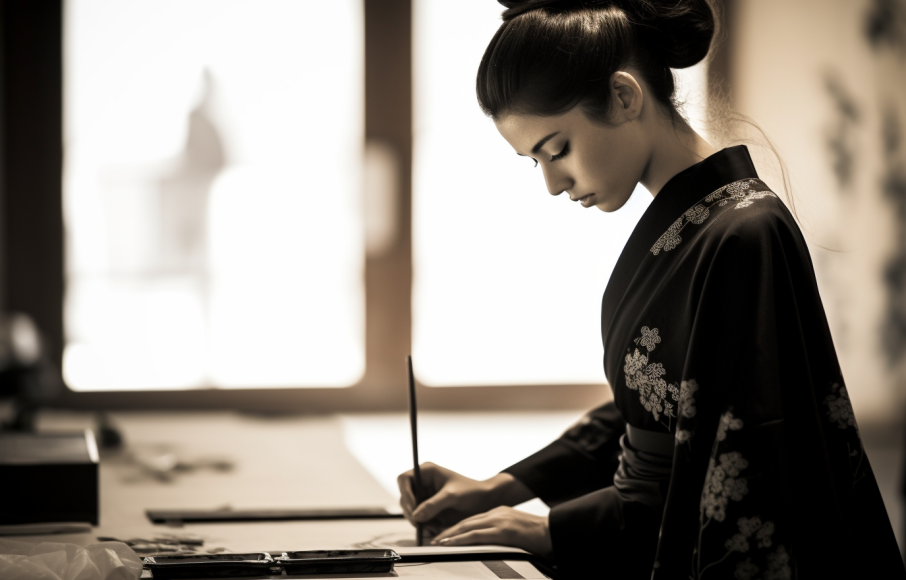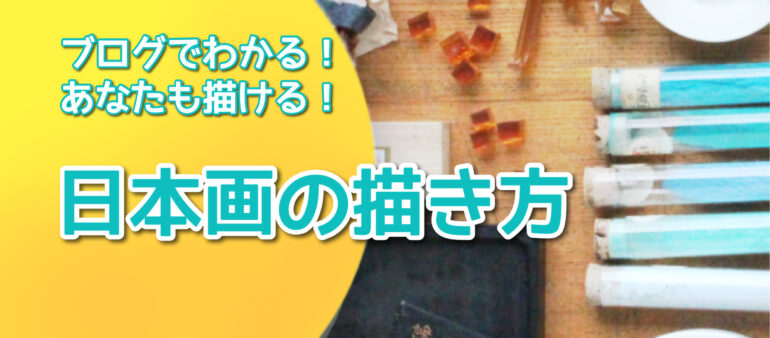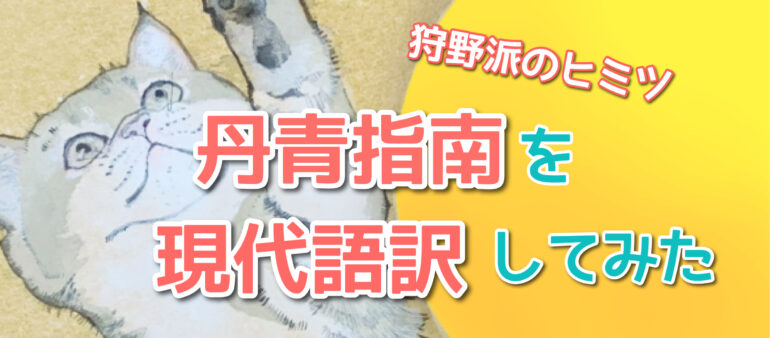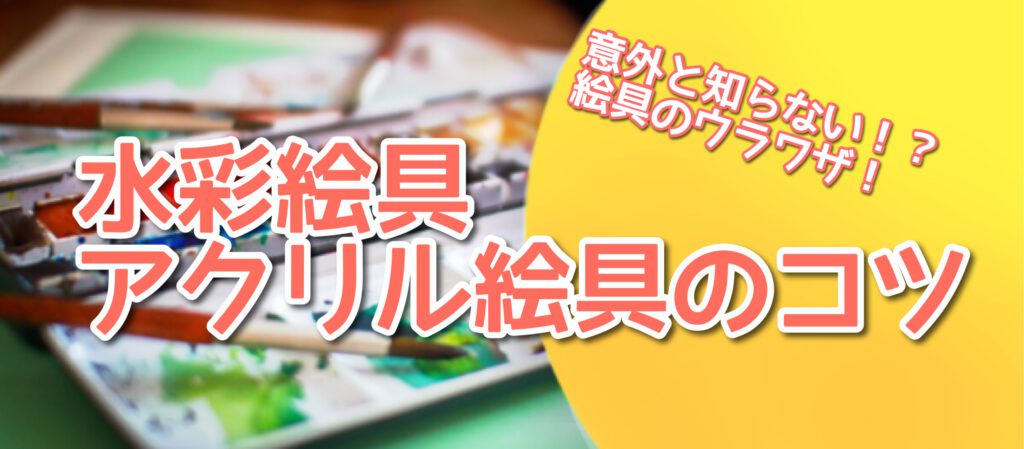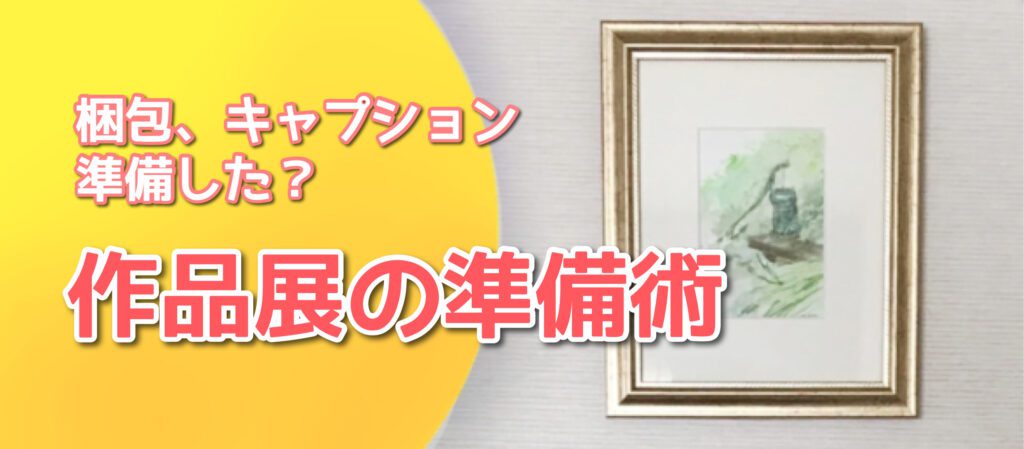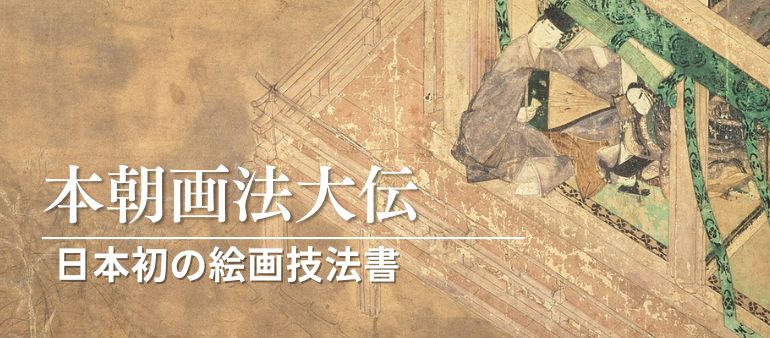Hello, I am Satomi Fukamachi, a Japanese-style painter.
Sketching, and drawing are “absolutely necessary! and they are indispensable for art school entrance exams, aren’t they?
It is true that sketching, sketching, and sketching are absolutely necessary for the basic process of creating a work of art, to know the form of the motif, and to determine the composition of the picture to complete it.
But is it really necessary?
Some professionals say that sketching is unnecessary!
Some may say that it is unfair that Japanese painting is only drawing, while the oil painting exam allows free drawing.
Some of you reading this article may also have doubts about the necessity of sketching or drawing.
On the other hand, those who have been sketching for a long time or those who have been painting Japanese-style paintings may have firsthand experience of the necessity of sketching and sketching.
However,
“Why don’t you just draw like the photograph?”
or
“Wouldn’t a picture that looks like a photograph be more awesome?”
Don’t you think that somewhere in your mind is whispering to yourself,
Why don’t you try again to learn and deepen your understanding of sketching from an objective point of view across disciplines?
Contents
- 1 The author’s experience with sketching and sketching.
- 2 What is the meaning of sketching?
- 3 What is the history of sketching and sketching in Japanese painting?
- 4 What is the point of having a sketching or sketching contest?
- 5 Professionals talked about the meaning of sketching and sketching.
- 6 SUMMARYーWhy are sketches and sketches important? This is the reason why they are important! 【Japanese Painting】
- 7 Other considerations regarding sketches and drawings, etc.

Is it wrong to paint from a photograph in Japanese painting?
In Japanese painting, it is said that sketching is especially important.
In the university classroom where the author was enrolled, a senior student told me that sketching was the most important aspect of Japanese painting.
I also often heard the words of a university professor who told us to use sketches as the basis for our paintings, and not to use photographs as much as possible!
In Japanese painting, it was considered a bad idea to use photographs in the creation of artworks and to make them look like photographs.
Are sketches, sketches and drawings so important?
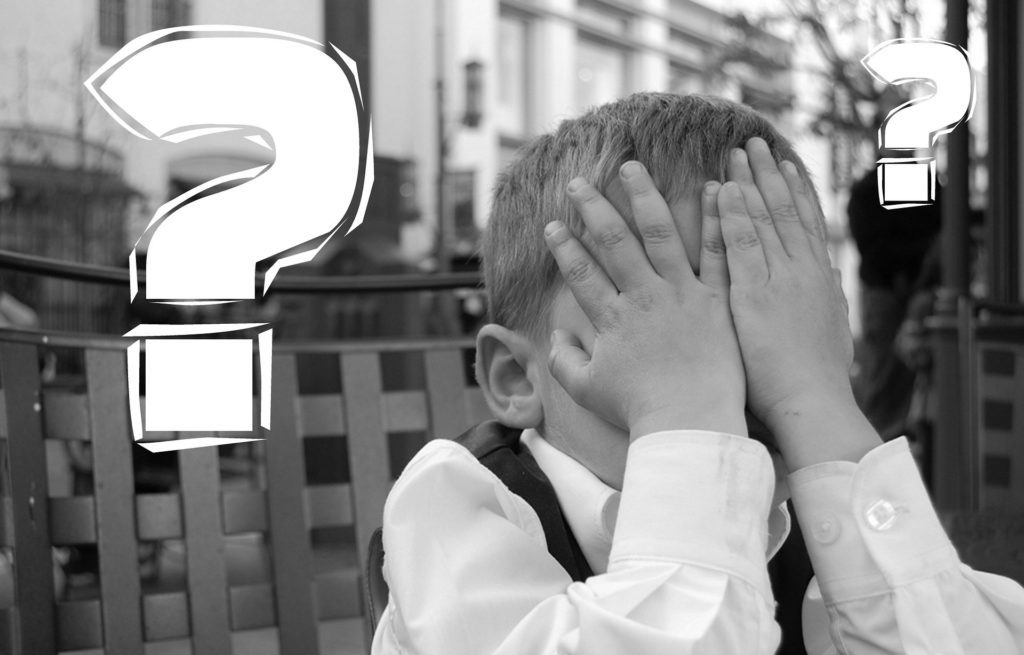
But when I went to visit the zoo with a friend who is a good oil painter, he only took pictures while I worked hard sketching the animals.
Then he said to me,
“I’ve never sketched before, so I thought I’d like to try that too!”
The friend was demonstrating that it is possible to make a good picture even with just a photograph.
Some of the Japanese-style painters also painted realistic pictures like oil paintings.
Another acquaintance was studying the use of photography in Japanese painting.
Because of these events, I began to have a faint sense of disbelief that sketching is so emphasized in Japanese painting.
And the author is a fan of Yoshihiro Shimoda.
(He is an acclaimed painter who utilizes silkscreen to create beautiful Japanese paintings.)
Through this experience, I have researched sketching again and again, and summarized it in four categories:
- the meaning of the word
- history
- education
- the artist’s view of sketching
What is the meaning of sketching?

First, let us consider the meaning of the word ⦅Shasei⦆sketch in Japanese.
The word “Shasei(sketching)” was coined in the Edo period…
- To grasp and depict life.
- To paint with a focus on objective accuracy.
- To depict the subject with precision and accuracy.
- To observe and paint the subject at the same time.
It had these four meanings.
Thus, the word “Shasei(sketching)” had a compound meaning in Japan.
Then, in the Meiji period (1868-1912), it became a translation of the Western words sketch and drawing.
The dictionary meanings of “sketch” and “drawing” are as follows.
Sketch
A type of painting technique (→Esquisses ). It includes croquis and pochade. A short drawing, in which the subject is captured in a series of drawings using pencil, charcoal, or conte. Most are line drawings, but some have added shading.
Citation: Kotobank
(dessin) drawing(dessin)(1) To draw a subject concisely by means of lines in a single color, such as black or sepia. Also, a painting. Mainly used as a preparatory sketch for oil painting. A drawing.(2) To draw a thing briefly in writing. Also, the text. A sketch.(3) In other words, the structure or foundation of a thing.Citation: Kotobank
Anyway, it was conceived this way as a Japanese translation of a new word that came from the West.
Drawing, Sketch = “to draw while observing the subject” = Shasei.
At the same time, however, it is also related to the word “sha-i” in Eastern painting.
“Sha-i” refers not only to copying the shape and form of an object, but also to expressing its spirituality.
In Japanese painting, it is important to observe the subject carefully and grasp its essence based on this meaning.
The differences between East and West can also be seen in the way paints are handled.
Japanese paints are difficult to imitate in the same way that photographs are difficult to imitate, and they depict the existence of an object without relying on constantly changing light sources.
On the other hand, Western painters use light and shade to create a three-dimensional image.
(This difference in the way realism is perceived is said to have something to do with eye color, culture, etc.)
The word “Shasei” has two meanings, one in the West and the other in the East, and the concept of sketching differs between the East and West depending on the difference in paint used.
It is a different word for both Western and Japanese paintings, although they share some similarities.
- “Shasei” is a translation of “drawing/sketching.”
- In Japanese, sketching is important to “sha-i” (observing an object carefully and grasping its essence).
- Japanese sketching depicts “the existence of the object,” while Western sketching depicts “the accuracy of the appearance of the object.”
What is the history of sketching and sketching in Japanese painting?
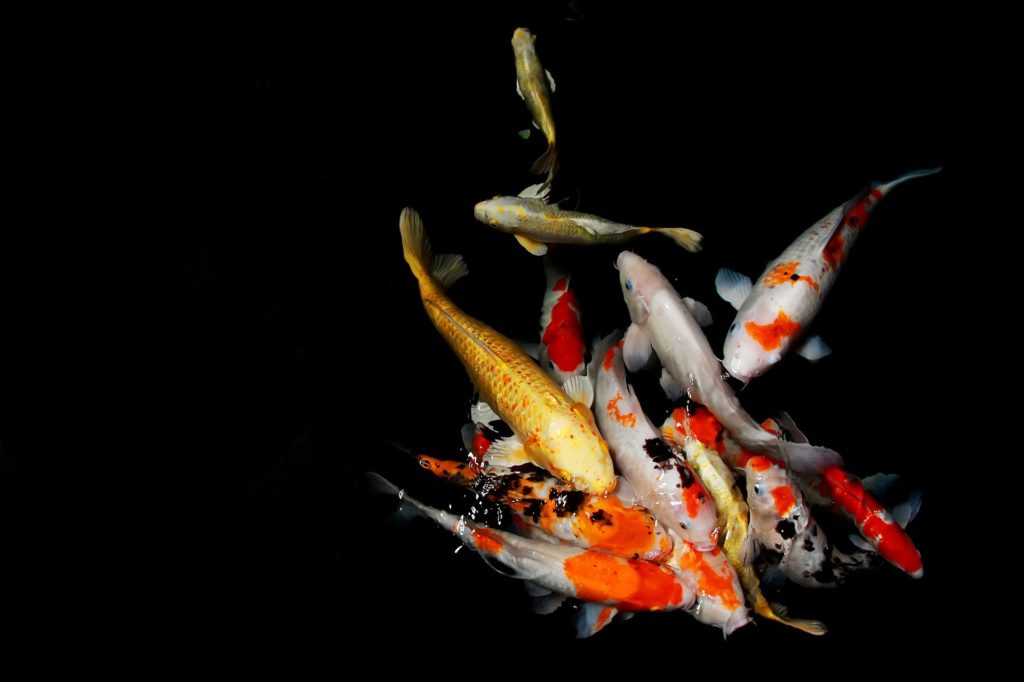
Next, I would like to discuss the history of “sketching” in Japan.
When researching the history of sketching in Japan, Maruyama Okyo is always mentioned.
He is famous as the painter who started painting pictures of legless ghosts.

Okyo was a painter of the mid-Edo period who established the foundation of sketch painting, known as the “sketch school” for his emphasis on sketching.
His style is characterized by a fresh sense of reality blended with a sense of decorativeness, as taught by Western perspective painting.
“The History of Japanese Art” describes Okyo’s paintings as not simply realistic depictions of objects, but rather as paintings in which the artist takes the subject into his own body and recomposes it in a solid composition.
The Japanese-style painter Koichi Takeuchi has given the following praise for his work.
“He especially valued sketching. He did not only copy simple forms, but also encouraged people to blend into nature and return to their pre-discernment mind.”
This is the aforementioned concept of sha-i expression, which is also common to the concept of sketching in modern Japanese painting, as described below.
By the way, what kind of sketching was used in Japanese art before Okyo?
In fact, there was no such thing as sketching prior to Okyo, and the Kano school’s kohon, or teacher’s model, was the main method of sketching.
A “good painter” was someone who did not draw by observing the subject, but rather imitated the teacher’s example, drawing exactly the same thing beautifully and arranging it skillfully.
Nowadays, they are more like professional designers, such as photobash or collage.
Kohon originally meant a draft of a painting, and the name came from the fact that it was painted using gofun (white paint used in Japanese painting).
It also means “something copied for reference in production,”
and from there, kohon came to refer to otehon.
This was a time when copying the examples of one’s predecessors was considered absolutely necessary to improve one’s painting.
At a time when no clear distinction was made between calligraphy and painting, it was a common practice to use kohon as a model for calligraphy.
In this way, the Kano school developed as it was passed down from generation to generation.
However, it was difficult to say that there was any further development beyond the ability to copy kohon faithfully, except for those who were gifted painters.
The use of kohon did not allow the transmission of the spirit behind the form, which was originally intended to be learned, but only the form itself.
This was the reason for the decline of the Kano school in the latter half of the Edo period.
The decline of the Kano school and the fact that Okyo’s sketches have continued to the present day explains why it is said that it is essential to express “sha-i” in Japanese painting through sketching.
Perhaps the emphasis on sketching in Japanese painting and the history of Japanese art are more closely connected and deeper than one might think.
- Maruyama Okyo started sketching in Japan.
- Until then, the Kano school was based on the principle of “kohon-shugi” (the teacher’s model was absolute).
- The Kano school had been declining because only form, not substance, was being passed down through the Kohon system.
What is the point of having a sketching or sketching contest?
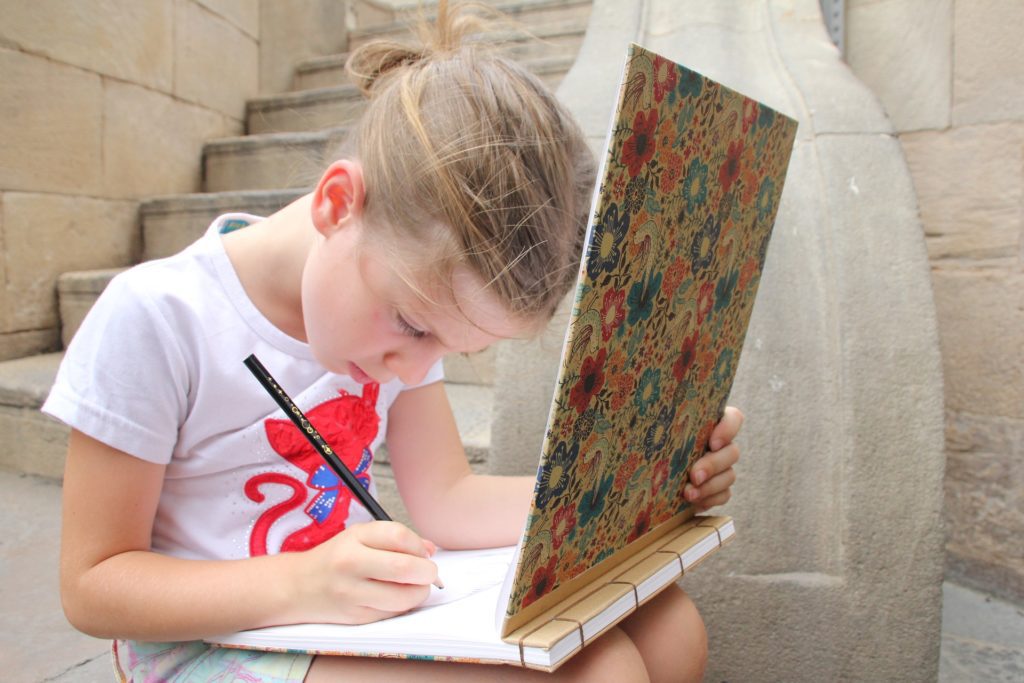
Sketching is also an educational subject in art and crafts taught in schools.
I am sure that many of you were forced to participate in sketching competitions.
The beginning of the sketching contest was actually similar to the relationship between the decline of the Kano school and Okyo.
Sketching was first introduced into education during the Taisho era (1912-1926) by a printmaker and educator named Yamamoto Ting.
Yamamoto’s free drawing education, which freed students from copying models and allowed them to become familiar with nature directly, became widespread, and sketching, in which students went outdoors to copy landscapes, became an active part of drawing and painting education.
There used to be many classes where you had to draw just like the model.
This is the same as the Kano School.
Thus, shasei sketching classes began to be offered in schools.
Nowadays, however, there are some problems with sketching outside of school during class, such as the difficulty of finding time to sketch.
In fact, when I was a student, the off-campus sketching competition was held only once every three years or during a field trip.
Therefore, instead of actual nature and landscapes, photographs are now used!
The use of photographs as an aid in the drawing process was a good way to get a handle on how to draw.
And by copying photographs, it was easier than sketching to copy nature more easily than sketching.
In this way, when drawing an actual landscape,
the process was
“three-dimensional (three-dimensional) to two-dimensional (flat),”
but now it is
“two-dimensional (flat) to two-dimensional (flat),”
eliminating the need to think about perspective and the like.
This way, you can easily draw a good picture just by copying it.
This is something that people who are not good at three-dimensional (3D) to two-dimensional (2D) will appreciate.
The author thought that since it is possible to draw well, it is easy for everyone to become confident and feel a sense of accomplishment.
However, there are times when it becomes a “photographic copy” instead of a copy of nature.
And there are opinions at art education conferences about whether this is appropriate as an educational practice and whether there is joy in expressing oneself in photographic reproduction.
The question of whether it is acceptable to use photographs for sketching is a difficult one, not only in the field of painting, but also in the field of school education.
- The beginning of the sketching competition was to free children from copying models.
- It is easy to draw a landscape by using a photograph.
However, is there any joy of expression in photographic reproduction?
Professionals talked about the meaning of sketching and sketching.

So far, we have written about “sketching” from three perspectives: the meaning of the word, its history, and its education.
Finally, we will summarize the description of what sketching is from the perspective of a professional artist.
Osamu Masuyama, an animation scenic artist, wrote about sketching landscapes in a book he wrote himself.
Sketching while looking at the actual scenery is not only fun, but also a valuable opportunity to notice various things that we usually overlook.
The act of looking closely at something for sketching is a very meaningful time. ~It allows us to become aware anew of things that we usually feel unconsciously.
When I paint while facing and interacting with a motif, I can become mindless. I think that time is wonderful.
The word “sketch” here is probably used in the sense of “writing while observing the subject,” which is a translation of the Western term for painting.
In these description, it is thought that the artist draws the spirituality of the motif into himself.
In addition, it is clear that through his shasei-sketches, he has gained spiritual comfort and growth.
In the case of Masuyama, who is a background painter, he describes how he feels about the shasei-sketches themselves, but how do professional painters, who view sketching as a stepping stone to the main painting, view sketching?
On the other hand, how do professional painters, who see sketching as a stepping stone to painting, feel about sketching and drawing?
Fuyuko Matsui, who paints viscera and women that evoke death and pain, says:
I can’t paint what isn’t realistic for me.
I sketch motifs to realize the conceptual picture.
For her, realism is necessary in order to depict her concept of “evoking the sense of pain through the sense of sight as a perceptual nerve, The same can be said for the shasei-sketching that supports this concept.
Sculptor Jin’o Tsuchiya and novelist Kiyoko Murata also had this conversation.
Murata:
“The more we know about things, the more we see them, the richer our sensitivities and talents become, so that we can approach the essence of things rather than just their appearances.So it is worth taking the time to see and feel different things.
~The rabbit (created by Tsuchiya) captures the essence and soul of the rabbit very well. It’s more charming than the real rabbit.”
Tsuchiya:
“And to make it even more convincing and realistic, it is better to have more opportunities to see real rabbits.”
Matsui, Tsuchiya and Murata all express themselves in different ways.
But to sum up, I think that shasei-sketching is to make the actual image or concept more convincing and realistic.
SUMMARYーWhy are sketches and sketches important? This is the reason why they are important! 【Japanese Painting】
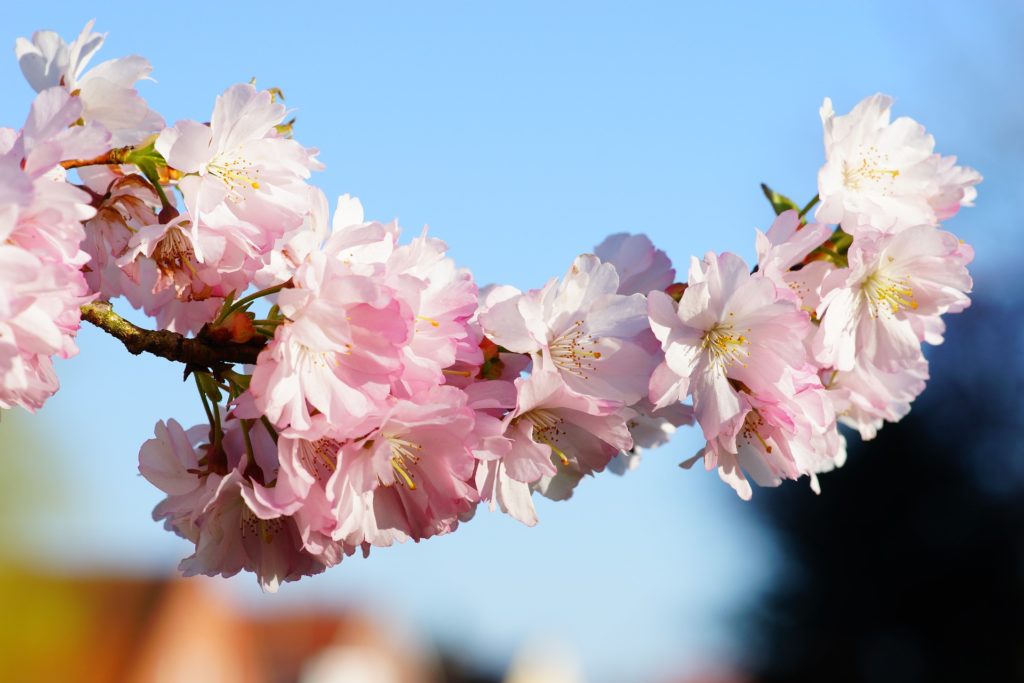
The above contents are mainly Japanese painting materials.
Therefore, even though I have tried to explain them in a cross-disciplinary way, I have been biased toward the idea of Japanese style painting’s approach to sketching.
However, I hope that I have been able to write about the reasons why Japanese-style painting emphasizes sketching in this article.
After researching “shasei-sketching” this time, the author once again made the connection between the fact that Japanese-style painting is a field in which spirituality is emphasized and that sketching is a necessary part of this field.
It is true that Japanese-style painting requires the most sketching.
In fact, I had expected that the importance of sketching would ultimately be due solely to the mentality of the individual. I expected that.
But I found that the word “shasei-sketching” has the meaning of expressing spirituality.
Furthermore, I realized the connection with the words of Herbert Read, an art education theorist, who said, ‘Art is the basis of all education’, in the context of sketching at school.
We also learned that the spirit of kohon was not inherited and declined, and that Okyo’s awareness of sketching continues to this day.
These different aspects combine to make “shasei-sketching” as we know it today.
Other considerations regarding sketches and drawings, etc.

In writing this article, I have compiled the books I quoted and the valuable words that couldn’t be fully included in the main text.
‘With the thought that this might be the last time I see it, Matsui drew the lone pine tree again amid the cold wind. In Matsui’s “Miracle Pine Tree,” there is a strong energy to live.
‘It’s disrespectful to the viewer to paint something without truly feeling it.’
‘I can’t draw something that doesn’t have reality for me. I only draw women because I can’t convey anything by drawing what I don’t understand.’
Fuyuko Matsui
‘I constantly sketch various things in my daily life. But ultimately, I create from what is at the center of myself.’
Masu Jimbo
‘I am often asked if I look at animals to create, but if I observe them too closely, the real thing seems better and I lose the desire to create.’
Jinno Tsuchiya
‘When I spend a long time with the animals I often draw, I sometimes feel like I can communicate with them through our eyes. ~Perhaps his eyes saw the laziness in my heart.’
Kazumasa Suzuki
‘Heihachiro Fukuda’s “Ripple” and similar works involve sketching and photographing countless times, expressing the shape of ripples as a kind of abstraction that at least the Japanese considered a ‘form.’
‘Some modern painters seem to use cameras too easily. I strictly advise against simply transferring images captured by cameras onto large screens. Nowadays, it seems people feel reassured only by looking through a camera’s viewfinder rather than with their naked eye, feeling a sense of ‘having seen’ by capturing images with a camera.’
‘Some adhere only to the old ways and fail to express their own ingenuity, some are restrained by their teacher’s style and forget to innovate, and others are fixated on their brushwork, neglecting to explore the subtlety of natural and real objects.’
Gaho Hashimoto
From “Kibori-cho Gasho”
‘Using photographs as a method of instruction in drawing can be effective in education, but there are doubts about the appropriateness of practice when it becomes merely ‘copying photographs.’
Opinions of Art Educators
For instance, drawing things like radiation of light or dust particles that get captured in photos can occur.
Moreover, the joy of successfully drawing from a photo is different from the emotion gained from sketching. Is there joy in drawing by copying photos, and does it align at all with education’s ‘expression’?
‘I often go to the zoo for croquis and sketching, but at first, I just observe without drawing.'”
Drawing Animals Leisurely
Previous Article!
Next up!
Click here for articles related to Japanese painting!

